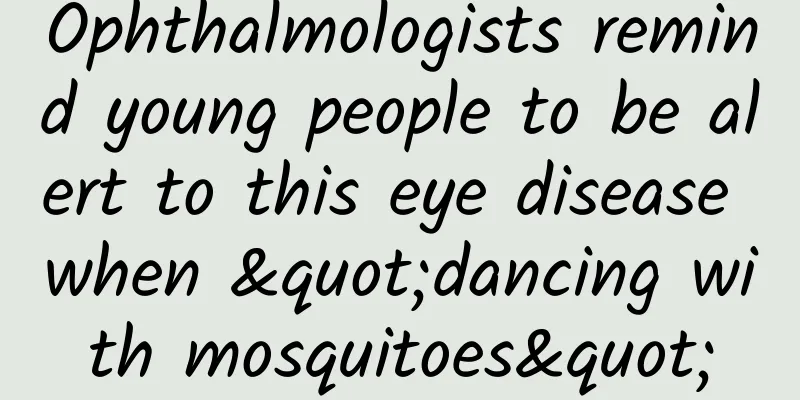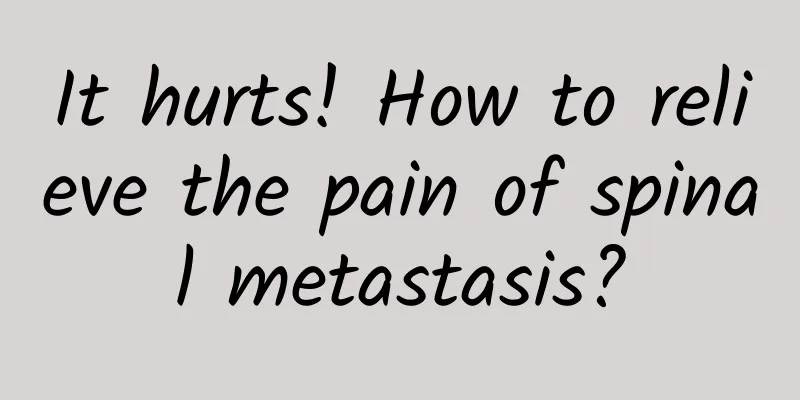Remove the "clouds" to know the real disease! Unveil the mystery of "moyamoya disease"

|
Moyamoya disease (MMD), also known as spontaneous basilar artery ring occlusion or abnormal vascular network at the base of the brain, is a chronic cerebrovascular disease of unknown cause, characterized by slow thickening of the intima at the terminal end of the internal carotid artery and the origin of the anterior cerebral artery and the middle cerebral artery, gradual narrowing and occlusion of the arterial lumen, and compensatory dilatation of the perforating arteries at the base of the brain. Due to the stenosis or occlusion of the intracranial origin of the internal carotid artery, an abnormal vascular network appears at the base of the brain. These abnormal vascular networks resemble "smoke" in cerebral angiography, so the disease is named moyamoya disease. Today, experts from the Department of Neurosurgery of Hunan Provincial Hospital of Traditional Chinese Medicine will teach you about moyamoya disease. 1. Risk factors or causes of moyamoya disease ① Asians: Moyamoya disease is found all over the world, but it is more common in Asia. ② Gender and age: Females have a slightly higher risk of developing moyamoya disease than males, and it is more common in children under 15 years old than in children over 15 years old. ③ Family history of moyamoya disease: 6%-12% of moyamoya disease patients have a family history. The incidence of moyamoya disease among patients' siblings is 42 times higher than that of ordinary people, and the incidence of moyamoya disease in patients' children is 37 times higher than that of normal people, suggesting that genetic factors play an extremely important role in the development of moyamoya disease. ④ Upper respiratory tract infection, tonsillitis, and vasculitis: These infectious histories may induce moyamoya disease. 2. Symptoms of Moyamoya Disease 1. Asymptomatic moyamoya disease: The patient has no symptoms and the disease is only discovered accidentally during the examination. 2. Symptomatic moyamoya disease: ① Typical symptoms of transient ischemic attack (TIA) include headache, epilepsy, limb weakness, paresthesia, and changes in vision and visual field. ② Patients with cerebral infarction have varying degrees of limb movement or sensory disorders, visual field defects, aphasia and other symptoms. ③The main cause of cerebral hemorrhage is the rupture of smoke-like blood vessels or combined microaneurysms. The most common is intraventricular hemorrhage or brain parenchymal hemorrhage that breaks into the ventricles. Basal ganglia or lobar hematoma can also be seen. Simple subarachnoid hemorrhage is relatively rare. Accompanying symptoms include epilepsy, headache, impaired consciousness, etc. Treatment of Moyamoya disease ① For patients in the chronic stage or patients with moyamoya syndrome, certain drug treatments targeting stroke risk factors or comorbidities may be beneficial, such as vasodilators, antiplatelet drugs, and anticoagulants, but they need to be vigilant about the adverse effects of the drugs. ② Acute treatment For patients in the acute phase of cerebral infarction or intracranial hemorrhage, conservative treatment or surgical treatment should be selected according to the actual situation. ③ Generally, during the treatment of moyamoya disease, patients must control their emotions and avoid getting angry, mad, excited, or overexcited. They also need to maintain a healthy and regular work and rest schedule and avoid being too tired or overworked. Finally, they should avoid hyperventilation, breathe steadily, protect the surgical site, and avoid compressing the blood vessels in the surgical area. Patients need to fully communicate their condition with their doctors. The doctors will select the most suitable medicine for the patient based on the patient's individual situation to achieve the best treatment effect.
(Edited by Wx) |
<<: [Medical Q&A] Is femoral head necrosis an “immortal cancer”?
Recommend
Female private tattoo
Tattooing can be said to be a form of art from an...
The fundus is not a mystery, it is a signal light for these types of diseases
It is said that eyes are windows to the soul, but...
What should I do if my belly is still big after cesarean section?
After pregnancy, your body will have one abnormal...
Female left thigh pain
If women often have pain in the left lower abdome...
Increased vaginal discharge before menstruation
In the few days before a woman's menstruation...
How to effectively regulate menstrual abdominal pain
If you have stomach pain during menstruation, the...
Daily snacking, even small amounts, can reshape your brain
Friends often ask me, if I only eat a little swee...
Serious gynecological diseases pictures
The physiological structure of female friends is ...
What is the reason for a dark yellow face?
In life, we often find that many people have dark...
Does bad teeth make you more likely to get cancer?
In many people's impressions, the main harm o...
How to choose a mask? What is the difference between a mask with a breathing valve and one without one?
I believe that in recent years, everyone has beco...
Is it normal to have little fetal movement at 23 weeks?
During pregnancy, many pregnant women will notice...
How to store fresh strawberries for a long time How to store strawberries so they don't spoil
Strawberries are sweet and sour, suitable for peop...
What is the abortion caused by medication on the 38th day of pregnancy?
When a girl becomes pregnant unexpectedly, she wi...









